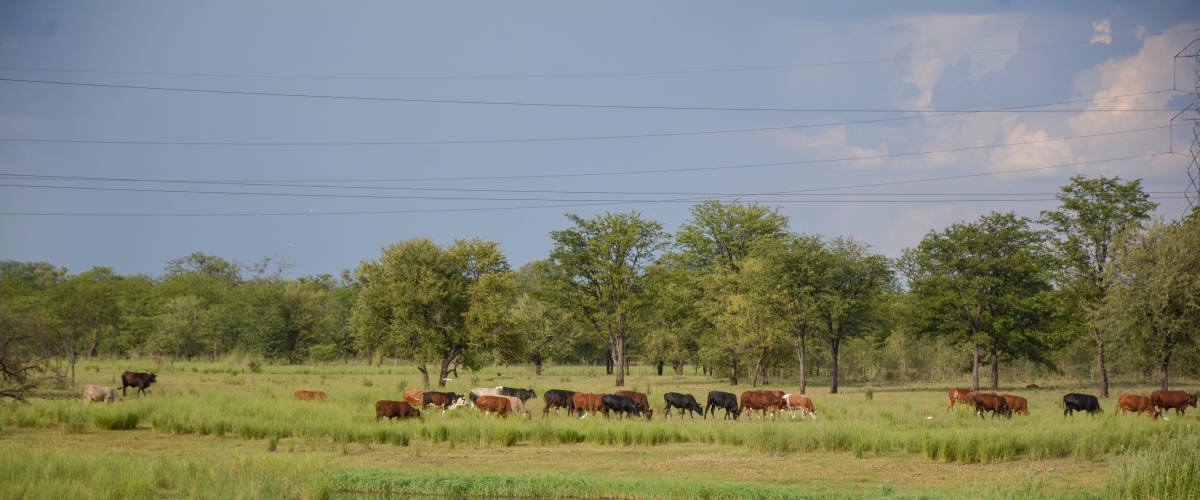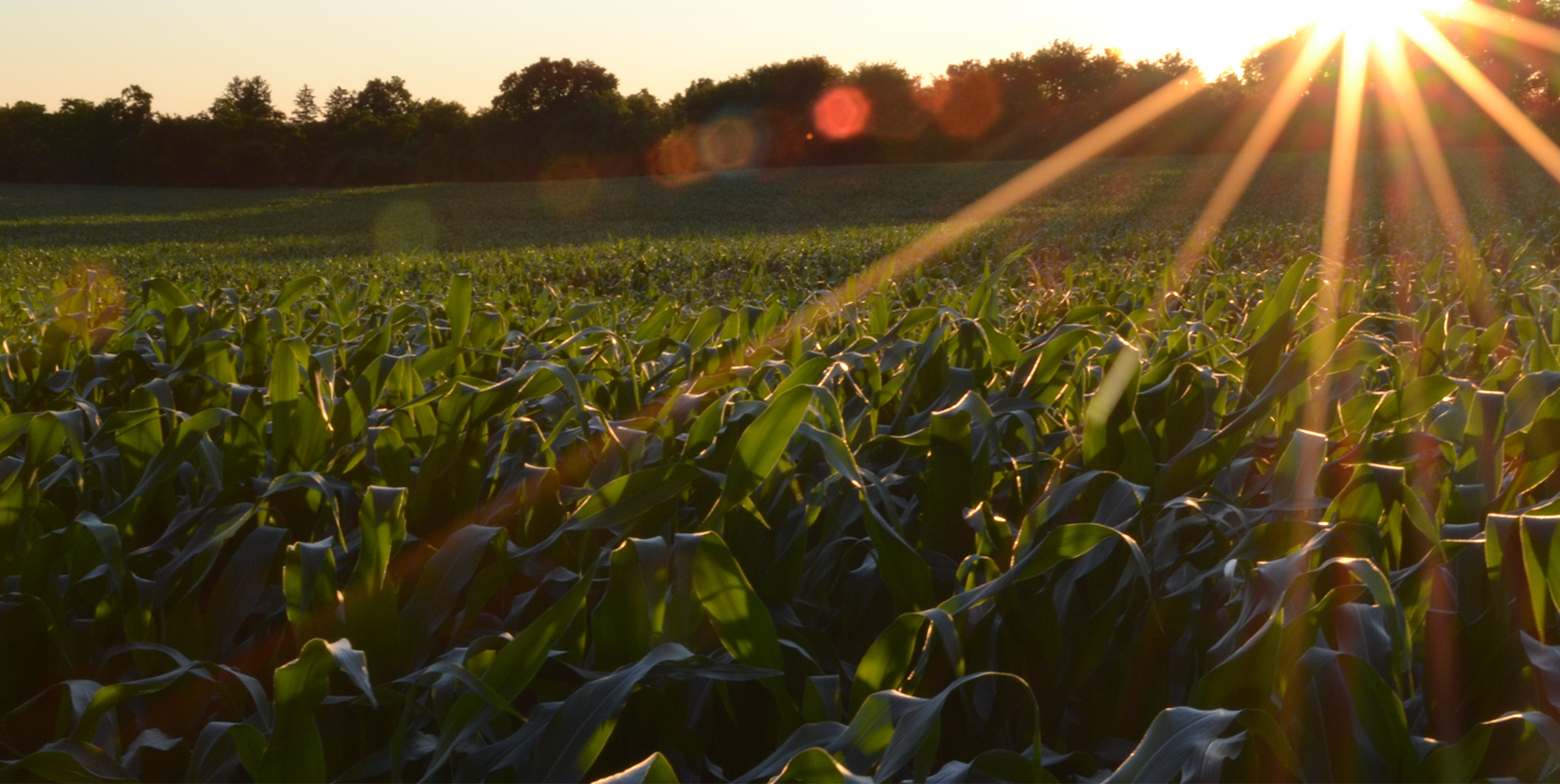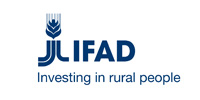
By Cliff Sibusiso Dlamini (Ph.D.)
The SADC region has great potential for agroforestry in the context of scarce land and water resources as driven by climate change and biodiversity loss which are exacerbated by unsustainable resource use and population growth. The term “agroforestry” was coined in the mid-1970s to enhance the global recognition of the fundamental and multi-dimensional role of trees on farms. The definition currently used by the International Centre for Research in Agroforestry (ICRAF), agroforestry “refers to a dynamic, ecologically based, natural resources management system that, through the integration of trees in farms and in the agricultural landscape, diversifies and sustains production for increased social, economic and environmental benefits for land users at all levels”.
There are numerous studies on existing agroforestry systems on the continent. Several studies have long linked agroforestry systems to sustainable livelihoods, taking into consideration its social/cultural, economic/financial and environmental/ecological benefits while identifying and presenting issues on agroforestry in Africa in general and Southern Africa in particular. As such Agroforestry systems, in the African context, may be classified into three categories.
Category one: Agrisilvicultural systems (crops - including shrub/vine/tree crops - and trees with the following technologies: (i) Improved fallow/Shifting cultivation; (ii) Taungya; (iii) Alley cropping (hedgerow intercropping); (iv) Multilayer tree gardens; (v) Multipurpose trees on crop lands; (vi) Plantation crop combinations; (vii) Homegardens; (viii) Trees in soil conservation and reclamation; (ix) Shelterbelts and windbreaks, live hedges; and (x) Fuelwood production.
Category two: Silvopastoral systems (trees + pasture and/or animals) which include: (i) Trees on rangeland or pastures; (ii) Protein banks/Fodder banks; and (iii) Plantation crops with pastures and animals.
Category three: Agrosilvopastoral systems (trees + crops + pasture/animals) which entails: (i) Homegardens involving animals; (ii) Multipurpose woody hedgerows; (iii) Apiculture with trees/Bee keeping; (iv) Aquaforestry/Fisheries; (v) Multipurpose woodlots; and (vi) Rotational woodlots.
Over and above the three categories there is another crucial aspect of sustainable management of natural forests and woodlands, which is another dimension that could be linked to trees and shrubs. Research provides evidence that the adoption and development of agroforestry systems in Southern Africa is too slow and there is a number of factors that could directly or indirectly influence the adoption of agroforestry among smallholder farmers in the region.
A review of recent case studies point the poor adoption and scaling up of agroforestry to numerous factors that include: (i) Lack of understanding of the benefits of agroforestry/Ignorance of the advantages of agroforestry; (ii) Delayed return on investment and under-developed markets; (iii) Emphasis on commercial agriculture; (iv) Mass agricultures focus on using fertilizers and pesticides; (v) Lack of tree seed supplies; (vi) Lack of land tenure among smallholder farmers/Unclear status of land and tree resources; (vii) Limited land; (viii) Market constraints; (ix) Lack of sufficient extension work and inadequate research; (x) Lack of skill, knowledge and awareness; (xii) Lack of interest; (xiii) Gender and age; (xiv) Lack of coordination between sectors; and (xv) Policy constraints and Adverse regulations.
Therefore, there is a strong and urgent need for advancing agroforestry on the policy agenda. The underlying facts for opting to promote and regulate agroforestry through policies are as follows: (i) To eliminate legal and institutional constraints on agroforestry; (ii) To support positive outcomes of agroforestry; and to compensate farmers for the delay in returns. Southern Africa would benefit from lessons leant from agroforestry success stories from within Africa and beyond. These lessons are that for agroforestry to flourish four issues are critical, and these are: (i) Agroforestry exists only where it is beneficial to farmers; (ii) Security of tenure rights is important; (iii) Agroforestry links sectors; and (iv) A strict enforcing of forest management rules promote agroforestry. In order to establish and develop packages of agroforestry systems Southern Africa needs to recognize five imperatives and these include: (i) Transition from traditional to modern farming systems is imperative; (ii) Pressing need to shift from sectoral to multi-sectoral to inter-sectoral approach to farming (Integrated farming); (iii) Great potential for small-scale forest enterprise development (agroforestry); (iv) Need for effective forest governance and robust strategies to promote tree planting; and (v) Incorporation of agroforestry/forestry activities in national agriculture extension programmes.
As earlier mentioned, some countries in the SADC region are engaged in agroforestry (traditional and/or modern) to varying extents and there is an urgent need for the improvement and upscaling of agroforestry systems and technologies for sustainable and transformational livelihoods. Thematic Area Number 2 of the Long-term Strategic Plan of the Centre for Coordination of Agricultural Research and Development for Southern Africa (CCARDESA) entails natural resources management and climate change adaptation which should consider programmes and projects in agroforestry systems.
The author is the Executive Director at CCARDESA






